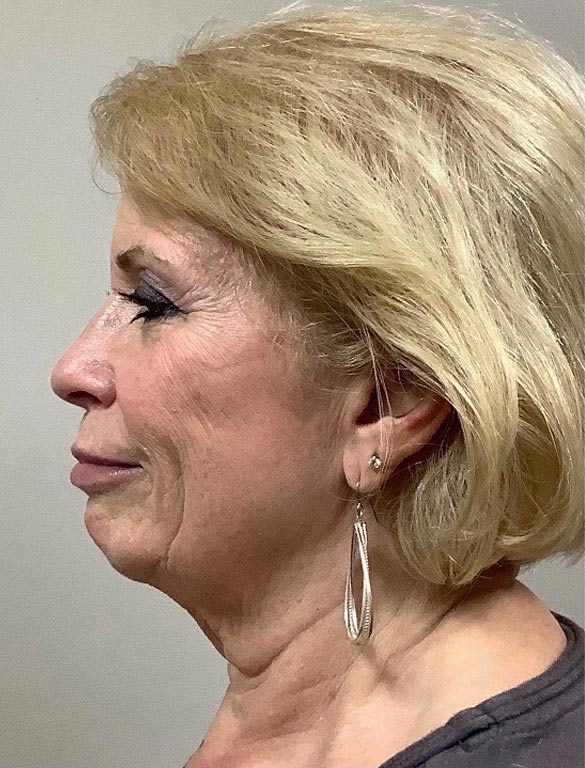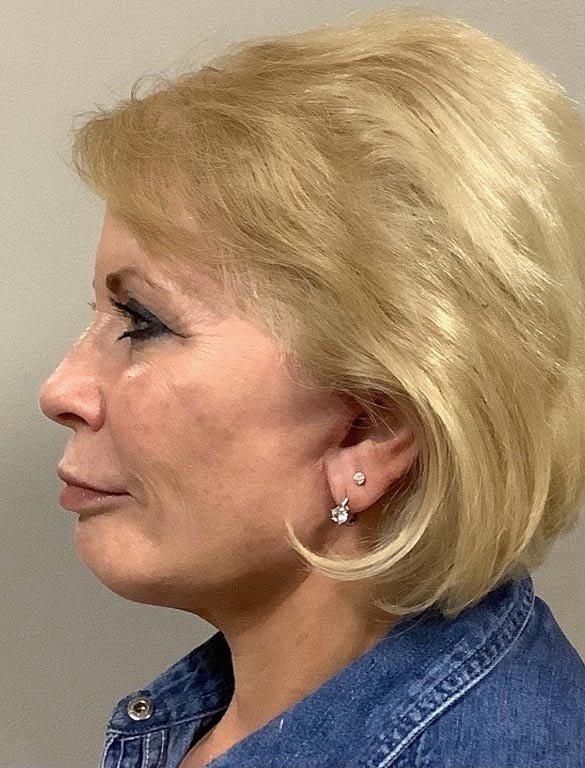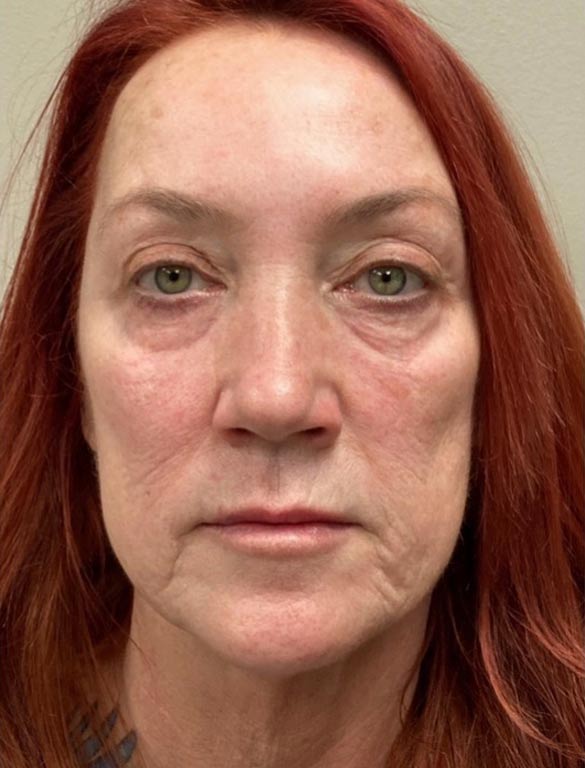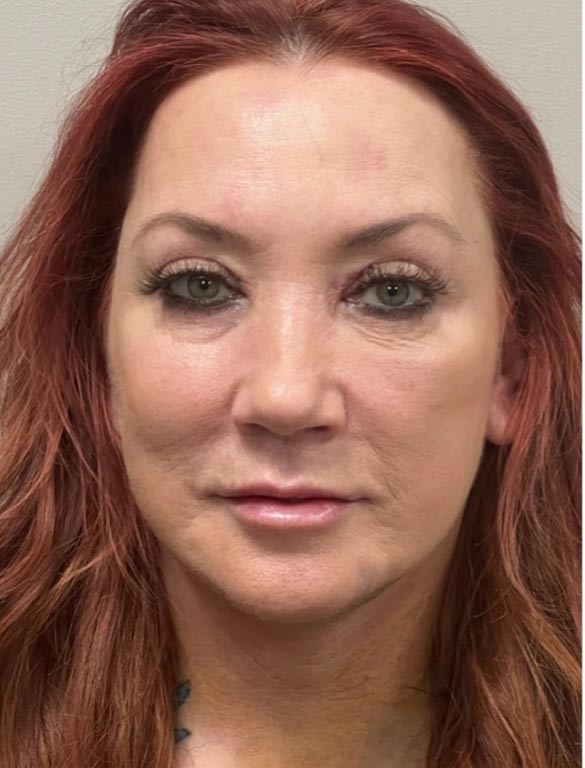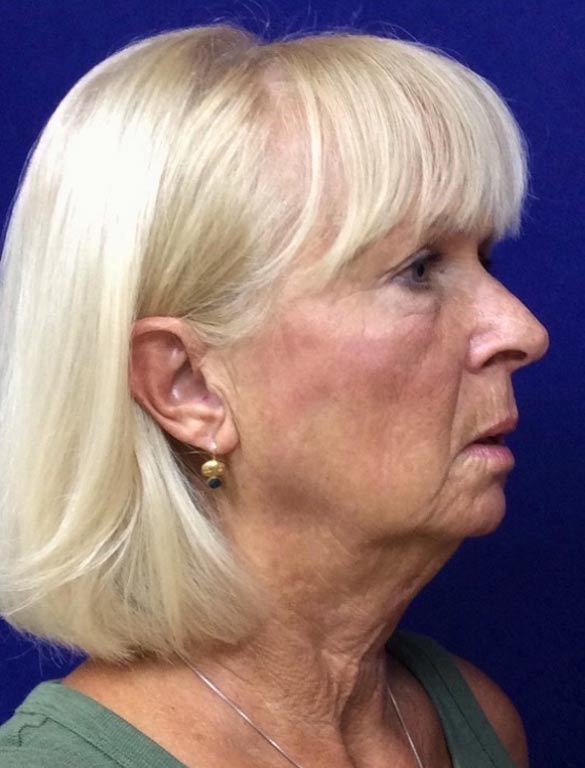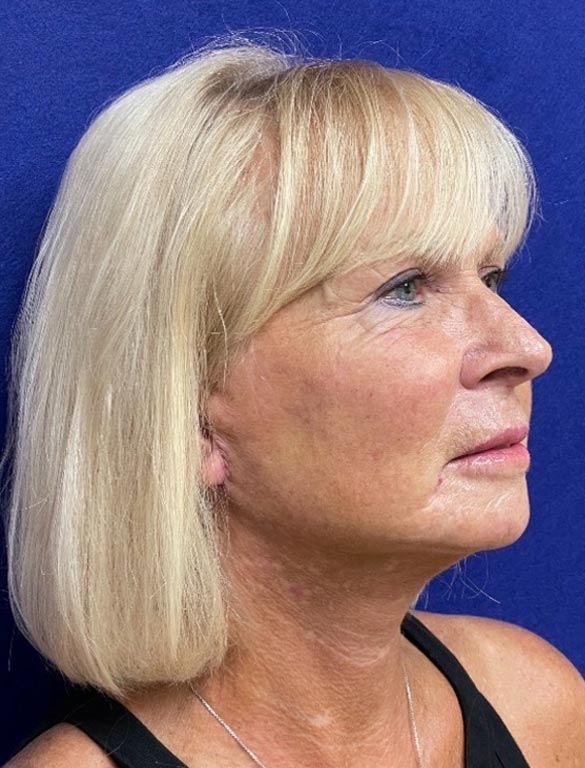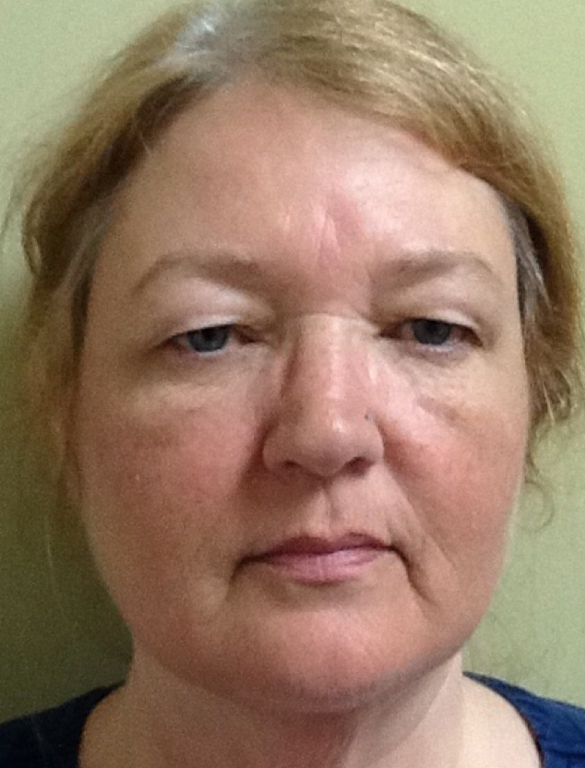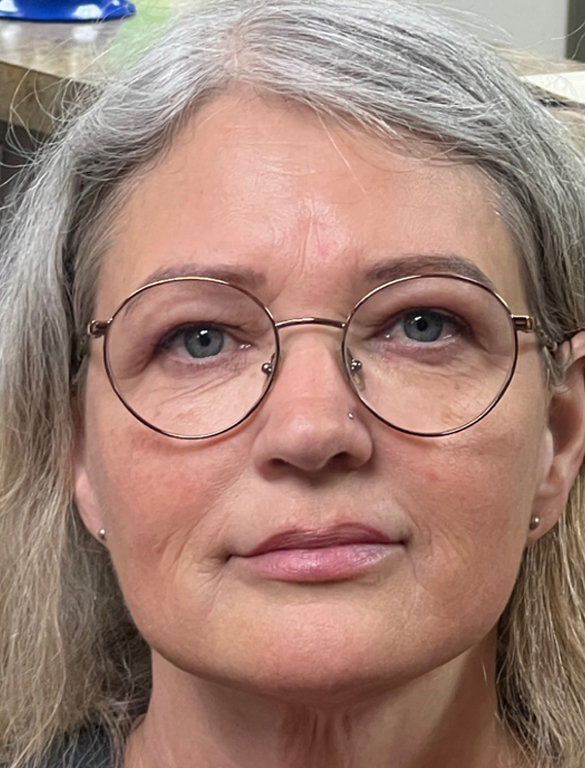At one point or another in our lives, we all have to deal with acne, whether it’s during puberty or later on in life. Unfortunately, these bouts of acne can leave permanent scars that may not fade on their own. However, there is still hope for significantly reducing the appearance of acne scars, even if they extend deep into the skin or are raised.
Depending on the type or types of deep acne scars that you suffer from, there are several treatment methods that may help you reduce your scars. Read on to learn more about your options for treating those pesky, embarrassing acne scars!
Treatment Options for Deep Acne Scars
The most important thing to remember is that while scars are a permanent condition that are rarely able to be removed completely, there are still steps that can be taken to make them less of a nuisance to your aesthetics.
The most common types of deep acne scars are known as atrophic, or lost skin tissue scars, and keloid, which consists of raised skin tissue created to repair damaged skin.
Atrophic scars include ice pick (which are small holes that extend deep into the skin), boxcar (which are angular scars that resemble chicken pox scars that range from shallow to deep), and rolling (wave-like scars that are shallow and wide). Keloid, or hypertrophic, are rare scars that are lumpy and raised, but may decrease in size over time. Hyperpigmentation, which can result in red or darkened marks on the skin, are not scars, though they are often mistaken for scars as they may take months or years to heal.
Laser treatments are effective for both keloid and atrophic acne scars. Laser resurfacing acts like microdermabrasion, buffing the skin around the scars until pits and shadows are reduced in appearance. For red scars or keloid scars, pulsed dye laser treatments can kill individual cells through apoptosis and reduce the scar’s prominence and redness. Smoothbeam lasers, on the other hand, combat atrophic scars by encouraging the body’s collagen production.
Other treatment options include injectable fillers and steroid injections. Injectable fillers can fill out the scar or scars and make them less conspicuous for six to twelve months at a time (after which the material is absorbed into the body and another round of injections will be needed. Steroid or cortisone injections can soften and shrink hard, raised keloid scars.
As a last resort, there are also surgical methods that can be used, such as a punch excision. This technique entails making an incision into the skin surrounding the scar, then closing the incision with stitches to hide the original scar. Depending on the size of the scar, you may have a line of stitches over the site, such as with a small scar, or you may need a skin graft from elsewhere on your body (often from behind the ear), such as with large scar areas.
Have More Questions about Deep Acne Scar Treatments?
Before undergoing any medical procedure, it is essential to seek out the sound medical advice of a professional and have all of your questions answered. Consult the experts at Skin and Veins, who specialize in acne treatment, as well as other dermatological and cosmetic procedures. Contact our office today to set up your appointment and see how Skin and Veins can help you on your journey to clearer skin!

